Top 10 Tips for Removing/Installing Motorcycle Wheels

Question: What’s a motorcycle’s natural position?
Answer: Lying on its side.
What does this have to do with removing a motorcycle’s wheels? Well, Sparky, if you don’t follow these tips, your odds of seeing your motorcycle achieve its natural position increase dramatically. Any time you lift your bike with a pair of stands and remove its wheels, you’re asking gravity (and Murphy) to take a short holiday. As someone who has had the privilege of catching a bike with a coworker when it slipped off a front stand, I can attest that your options are few when you’re holding up 400 lbs. of motorcycle and have only one foot available to move the front stand back into position.
Study these tips, and your tire changes will go much more smoothly.
10. Make sure your stands are sturdy
While this may sound painfully obvious, you need to trust the stands that will be supporting your bike while the wheels are off. It’s so much harder to put a bike back on stands with the wheels off than it is with the wheels on. So, make sure the stands line up with the spools in the rear and with either the fork bottom or steering stem (depending on type of front stand you use). If not, make adjustments to the stands before you pull the wheels. For cruisers and other bikes that don’t use front and rear stands, make sure the bike is properly secured to the jack you’re using. Tie-down straps and wooden wedges can help keep wobbles from tempting fate.
9. Loosen all necessary front axle bolts before lifting
Nuts and bolts can get cranky if they’ve been in place for a year or more. Or maybe they’ve been locked in place by Gorilla Snot (a.k.a. weather-stripping adhesive), like in the photo above. So, make sure you loosen them while the front wheel is still on the ground. This way, if the fork turns while you’re trying to overpower the axle nut with a breaker bar, the bike won’t fall off the stand and end up on top of you.
8. Zip-tie brake calipers so they don’t hang from lines
Yeah, you can let your brake calipers hang from their lines, but why would you want to? All it takes is a few seconds to zip-tie the calipers out of the way. This avoids putting strain on rubber lines and helps keep the calipers from getting in the way while you’re sliding your front wheel into place. There’s nothing quite like the frustration of having your hands full while lifting the wheel as you watch the caliper bounce off the tire and swing back to chip the wheel’s paint.
7. Sit on a stool to remove wheels
Really. This puts you in a much better position for lifting your bike’s wheels clear of all the hardware that mounts them. Also, when you’re pondering a stuck bolt or a sheared-off stud, the stool gives you a good place to sit, drink a frosty beverage, and wonder why the hell you ever wanted to start wrenching. Our recent tire changing extravaganza for our 1000s track test, where we had to sit on the tarmac to remount the wheels, reminded me why I’ve kept that ratty old rolling stool in my garage for the last 10 years.
6. Lay spacers in order on a clean cloth
When a bike has different sized spacers on either side of the wheel, they are there for a reason. Reassembly will go so much faster if you don’t confuse which side of the wheel they go on. Lay them out in order from left to right on a clean shop rag.
5. Use your toes to hold the wheel at the proper height
While Pit Bull has just released its cool Pit Crew Tire Wedge to fit its stands and perform the very same duty, mechanics have been using their toes to lift wheels and hold them at the correct height while they slide the axle home for generations. You’re sitting on a stool while you’re doing this, right? Oh, and wipe any grit off the axle and give it a light coat of grease to help it slide home.
4. Make sure the tire will be rotating the right way
Although front wheels with a single disc can only mount in one orientation, even this tire should be checked to make sure it will be rotating the proper way. The folks mounting your fresh buns – despite their years of experience – have been known to occasionally slip a tire on backwards. (They’re only human.) If you have dual front discs, the job falls on you to make sure your tire is rotating the correct direction once the wheel is mounted. When spinning the wrong direction, the tread could cause handling issues, and those can result in scuffed paint and broken plastic.
3. Slide the rear wheel forward to remove or install chain
Some swingarms allow you to remove the rear axle without loosening the chain adjusters which means you don’t have to spend time dialing in the chain slack when remounting the wheel. (That is, if the chain was properly adjusted in the first place.) Regardless, once the axle is out, push the wheel as far forward as it will go in the swingarm to get as much chain slack as possible. Next, take the chain and hook it over the end of the swingarm, making sure it is out of the way of the wheel and its spacers as you remove them. Installation is the reverse of this. If you forget, you won’t be able to fit the chain over the rear sprocket once the axle is in place.
2. Buy the special tools if your bike needs them
I’m looking at you, bikes with insanely large allen heads in your front axle or those with single-side swingarms that require special adapters. Yes, there is frequently a workaround that increases the time to perform the simple task of removing a wheel. However, when using something other than the tool specifically designed for the task, you risk damaging the troublesome fastener. Additionally, your ability to get an accurate torque value on reassembly may be compromised. You’re gonna own the bike for years. Bite the bullet and buy the overpriced tool.
1. Torque your axle nuts
Among the things you never want to experience is entering a corner only to have your bike’s handling suddenly, inexplicably go crazy because of a loose axle nut. While I’ve never experienced it, I’ve seen the fear in the eyes of friends who have – one in the middle of Willow Springs’ super fast Turn 8. The culprit was an improperly torqued rear axle nut that spun loose. Cranking the axle nut down too tight can also cause problems by compressing bearing spacers and leading to bearing failure. Always torque your bike’s axles to proper specifications. Then immediately put a fresh cotter pin (or whatever clip your bike requires) in place as a sign that the axle has been torqued. If you’re not positive it was done, retorque the axle to be certain.

Like most of the best happenings in his life, Evans stumbled into his motojournalism career. While on his way to a planned life in academia, he applied for a job at a motorcycle magazine, thinking he’d get the opportunity to write some freelance articles. Instead, he was offered a full-time job in which he discovered he could actually get paid to ride other people’s motorcycles – and he’s never looked back. Over the 25 years he’s been in the motorcycle industry, Evans has written two books, 101 Sportbike Performance Projects and How to Modify Your Metric Cruiser, and has ridden just about every production motorcycle manufactured. Evans has a deep love of motorcycles and believes they are a force for good in the world.
More by Evans Brasfield



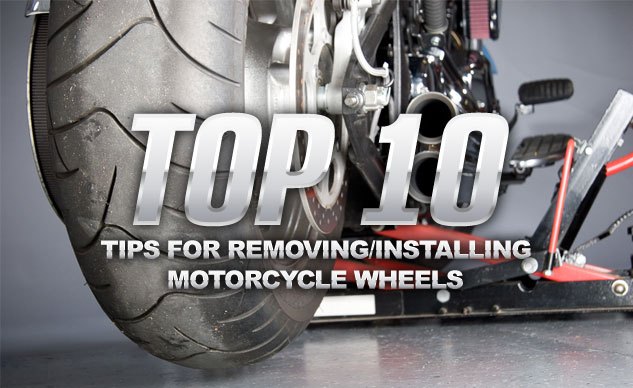












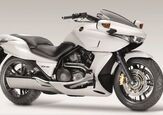
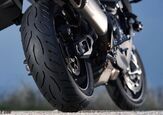

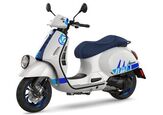
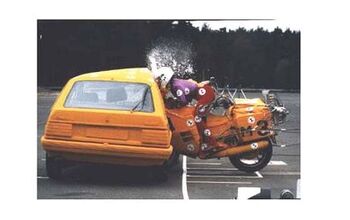
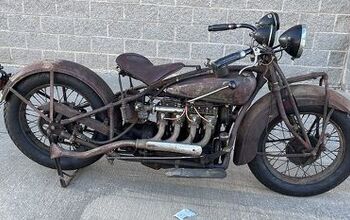







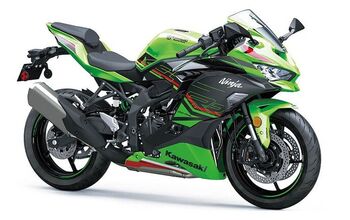

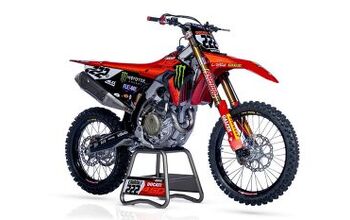



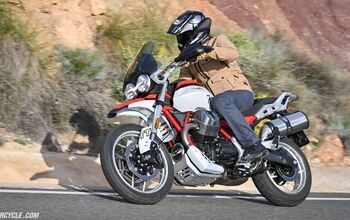


Comments
Join the conversation
its amazing how useful milk-crates can be when doing this kind of thing.... especially if you dont have a stool :)
to stop misplacing bits or forgetting which order they came off in i use egg cartons, you can even have 2 marked L or R, if you really think it's beyond you to remember things